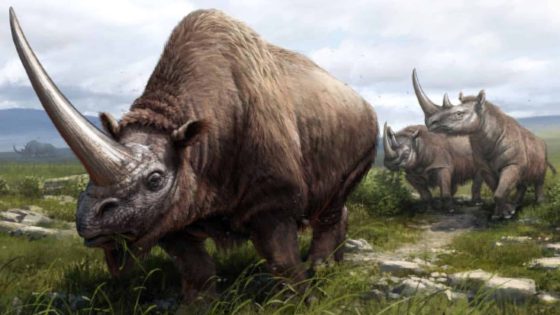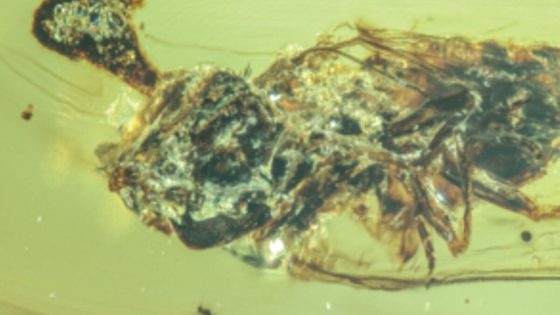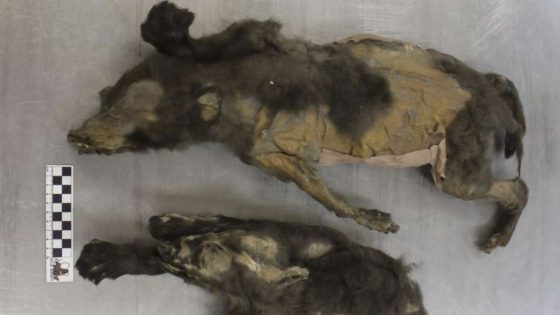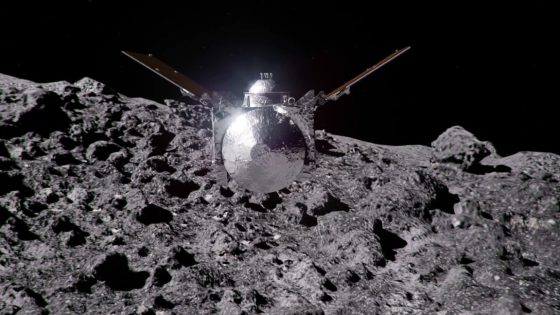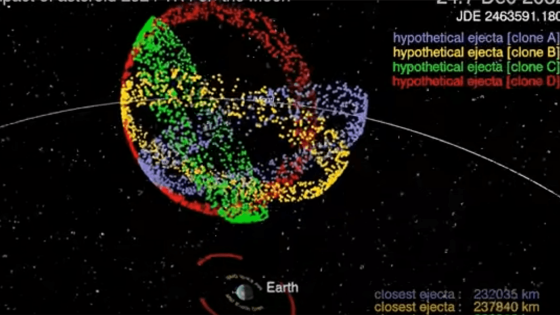Paleontologists have made a groundbreaking discovery that reshapes our understanding of rhinos and their evolutionary history. A recent study published on 2025-07-13 20:45:00 highlights how ancient protein sequences from a fossilized tooth are transforming our insights into rhinocerotids from the Early Miocene period.
- Ancient proteins reshape rhino evolutionary history.
- Protein analysis exceeds previous fossil age limits.
- New insights into rhino family tree divergence.
- Proteins offer stability over ancient DNA.
- Future research may uncover more evolutionary secrets.
- Advanced techniques enhance paleontological understanding.
This remarkable research not only challenges previous assumptions about the divergence of rhinos but also introduces a new method for exploring evolutionary biology through proteins. By analyzing proteins preserved for over 24 million years, scientists are gaining a clearer picture of how rhinos evolved and diverged into distinct subfamilies.
This study raises an intriguing question: how can protein analysis revolutionize our understanding of ancient species? The findings indicate that proteins, unlike DNA, can survive much longer, providing a unique avenue for research. Key points include:
- Ancient proteins can be preserved for millions of years, unlike DNA.
- This approach refines the timeline of rhino evolutionary splits.
- Protein analysis opens new avenues for studying other extinct species.
As technology advances, the potential for uncovering more ancient proteins will likely lead to even greater revelations about the origins of life on Earth. Researchers are encouraged to expand their methods, paving the way for a deeper understanding of our evolutionary history.



